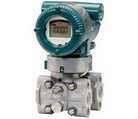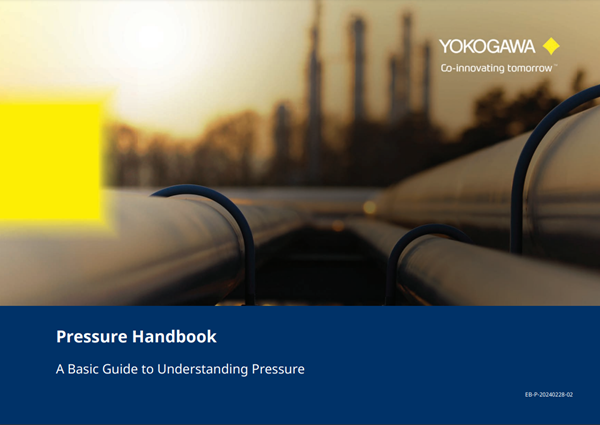What is a Differential Pressure Gauge?
Differential pressure transmitters monitor and communicate the pressure measurements of equipment. Featuring DPharp technology, they deliver accurate, repeatable, and fast-responding measurements. Traditional mount or remote diaphragm seal mount configurations are available.
How Does a Differential Pressure Transmitter Work?
Differential Pressure (DP) transmitters measure the difference between two pressures. They use a reference point called the low-side pressure and compare it to the high-side pressure. Ports in the instrument are marked high-side and low-side. The DP level transmitter reading can be either negative or positive depending on whether the low-side or high-side is the larger value. A DP transmitter can be used as a gauge pressure transmitter if the low-side is left open to the atmosphere.
Digital Differential Pressure Transmitter
As part of a digital transformation, digital differential pressure transmitters can make data-gathering operations more efficient and safe for people.
Common Industrial Applications
- Closed Tank Level
- DP Flow (Secondary Element)
- Filter health
- Density
What are the Different Types of Pressure Measurement?
-
EJA110E
High-Performance Differential Pressure Transmitter
-
EJX110A
High-Performance Differential Pressure Transmitter
-
EJA130E
Differential Pressure Transmitter
-
EJX130A
High Static Differential Pressure Transmitter
-
EJA120E
Draft Range Differential Pressure Transmitter
-
EJX120A
Traditional-Mount Draft Range Pressure Transmitter
-
EJXC40A (DRS)
Digital Remote Sensor (DRS) Transmitter
Details
Which DP Level Transmitter Series Is Right for You?
 |
 |
||
| EJA-E Series | EJX-A Series | ||
|---|---|---|---|
| Accuracy | |||
| ± 0.025% | • | ||
| ± 0.040% | • | • | |
| ± 0.055% | • | ||
| Stability | |||
| ± 0.1% of URL per 15 years | • | ||
| ± 0.1% of URL per 10 years | • | ||
| Response Time | |||
| 90 msec | • | • | |
| Safety | |||
| FMEDA Report | • | • | |
| IEC 61508 Certified (SIL 2) | • | • | |
| Multi-sensing | |||
| Differential Pressure | • | • | |
| Static Pressure | • | • | |
How Does a Differential Pressure Transmitter Work?
Differential Pressure (DP) transmitters measure the difference between two pressures. They use a reference point called the low-side pressure and compare it to the high-side pressure. Ports in the instrument are marked high-side and low-side. The DP reading can be either negative or positive depending on whether the low-side or high-side is the larger value. A DP transmitter can be used as a gauge pressure transmitter if the low-side is left open to the atmosphere.
Resources
Yokogawa DPharp EJA/EJX Pressure transmitters do not need frequent re-zeroing due to superior long term stability, it contributes to reduce maintenance time.
Accurate reactor level measurement enables flow optimization to enhance yield.
Download this eBook and learn:
- The basic physics of pressure
- Different types of pressure sensors
- Features of pressure transmitters
- Pressure transmitters communications standards
- Key characteristics of pressure
- Common types of diaphragm seals
When selecting a Level Measurement device, what to consider in order to be accurate and repeatable?
Downloads
Brochures
Looking for more information on our people, technology and solutions?
Contact Us


